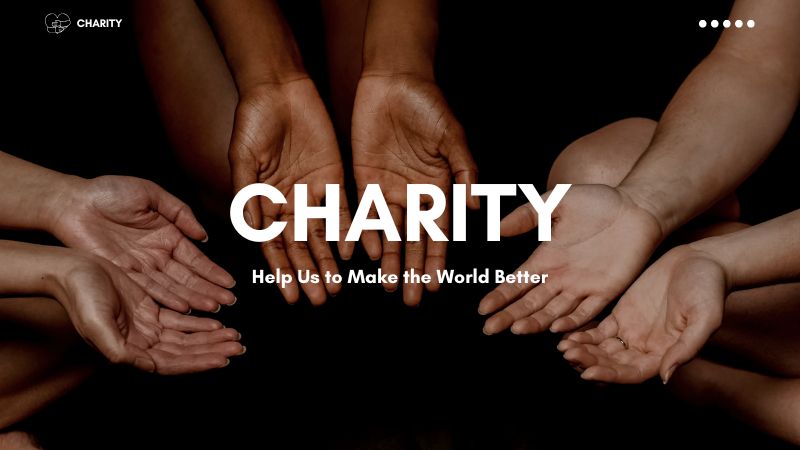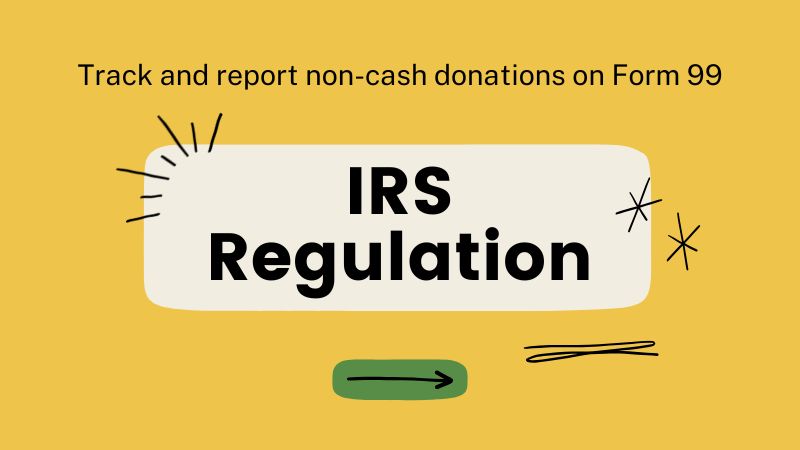Properly categorizing donations is essential for nonprofit organizations, especially when it comes to managing nonprofits donations. Not only does it ensure compliance with accounting standards and donor requirements, but it also helps you effectively manage funds and communicate your impact. Here are some actionable tips to help your nonprofit stay on track.
In the realm of nonprofit organizations, the effective management of donations is crucial. By understanding how to categorize donations properly, nonprofits can not only satisfy their donors but also build lasting relationships with them. For instance, imagine a community nonprofit that receives various types of donations—from cash to in-kind goods. When these donations are categorized accurately, it enhances the organization’s reporting capabilities and provides a clearer picture of financial health. Furthermore, engaging with donors about how their contributions will be utilized can lead to more targeted fundraising efforts and a better alignment with the organization’s mission.

Proper categorization of donations not only aids in compliance but also plays a crucial role in strategic planning. For example, by tracking restricted funds separately from unrestricted funds, organizations can better understand which programs are funded by specific donations and allocate resources more efficiently. This distinction allows nonprofits to report their outcomes more accurately and appeal effectively to future donors.
Additionally, nonprofits should consider the impact of donor preferences on donation categorization. For instance, in-kind donations can often require more effort to assess for value and proper categorization. Engaging donors directly about their contributions can lead to enhanced relationships and more effective communication regarding what is most needed.
Start by identifying the type of donations your organization receives. Common categories include restricted funds, unrestricted funds, in-kind donations, and grants. Each type of donation has its own implications for accounting and reporting. For example, restricted funds require careful tracking to ensure that they are utilized appropriately according to donor intentions, while unrestricted funds provide the flexibility needed for day-to-day operations. Understanding these categories helps in creating a robust financial strategy that aligns with your nonprofit’s goals.
Understanding the significance of nonprofit donations can greatly enhance your fundraising strategy.
Clearly, distinguishing between these helps you allocate resources appropriately.
A well-structured chart of accounts serves as the backbone of accurate categorization. By creating unique codes for different donation types, tracking becomes significantly easier. For example, having specific account numbers such as 4000 for unrestricted donations and 4100 for restricted program donations allows for a clear financial overview. Not only does this facilitate easier reporting, but it also promotes transparency with your stakeholders. Furthermore, having documented codes can streamline processes within your team, making it easier for new members to get on board with existing practices.
A well-structured chart of accounts is the backbone of accurate categorization. Create unique codes for different donation types to simplify tracking. For example:
Having clear account codes makes it easier to generate detailed financial reports.
Educate your staff and volunteers on the importance of categorization. Provide training on how to identify and record donation types. This ensures consistency across your organization.
To ensure that everyone understands the chart of accounts, consider conducting regular training sessions. This can help in reinforcing the importance of accurate record-keeping and can also serve as a platform for discussing any updates or changes needed to the chart.
Furthermore, establishing a clear communication channel for questions about the chart of accounts will foster a culture of accountability and accuracy within your organization.
Encouraging donors to specify restrictions or purposes for their contributions is vital. Communication can take various forms, from personalized emails to dedicated donor meetings where preferences can be discussed in detail. Providing clear and concise donation forms or online portals with specific fields for restrictions or preferences can also help streamline this process. If a donation is received without clear instructions, make it a priority to follow up with the donor. Not only does this clarify the purpose of the funds, but it also shows the donor that their input is valued.
Educating your staff and volunteers on the importance of categorization is key to ensuring consistency across your organization. Regular training sessions not only reinforce procedures but also allow team members to share insights and challenges they face regarding donation categorization. For example, sharing case studies of well-categorized donations can highlight best practices and encourage a sense of teamwork.
Consider utilizing accounting software that can assist in automating parts of this process. Such tools can provide alerts for any mismatches and streamline adjustments.
In addition, consider implementing a mentorship program where seasoned team members can guide newer staff on best practices in donation management and categorization.
Encourage donors to specify restrictions or purposes for their contributions. Use donation forms or online portals with a field for restrictions or preferences. If a donation is received without clear instructions, follow up to confirm how it should be used.
Conducting periodic reviews of your donation categorization ensures that everything remains accurate and compliant. Schedule regular reconciliation of your records against bank statements and donor acknowledgments. This helps identify discrepancies early on, allowing for timely corrections. For example, setting a quarterly review can help maintain consistent oversight over donation categorization.
Furthermore, they can provide insights into donor trends and help your organization adjust its fundraising strategies accordingly. Regular consultations can keep your team informed about best practices in nonprofit accounting.
Implementing a donor management system can also enhance record-keeping practices by providing a centralized platform for tracking donations and donor engagement over time.
Partnering with a nonprofit bookkeeper or accountant ensures compliance with regulations and standards. They can help:
Maintain detailed records of all donations, including:
This documentation supports accurate categorization and protects your organization in case of an audit.
Maintaining detailed records of all donations is crucial for transparency and accountability. This includes documenting donor information, donation amounts and types, any restrictions, and acknowledgment letters sent to donors. This thorough documentation supports accurate categorization and protects your organization in case of an audit. Consider using cloud-based storage solutions to keep this information organized and accessible.
Compliance with IRS guidelines for donations is imperative for nonprofits. This includes providing written acknowledgment for donations over $250 and tracking non-cash donations on Form 990. Being proactive about compliance avoids penalties and maintains your nonprofit’s reputation. Furthermore, engaging with a tax professional or legal advisor can provide additional peace of mind regarding your organization’s practices.
Staying informed about changes in tax regulations that affect nonprofit organizations is also crucial. Regular training for your staff on compliance matters can prevent potential issues down the road.
Being proactive about compliance avoids penalties and maintains your nonprofit’s reputation.

By nurturing strong relationships with your donors and maintaining clear records, your organization can thrive and make a significant difference. Don’t underestimate the power of well-managed donations—nonprofits donations are the lifeblood of your mission.
In closing, take a moment to reflect on how categorizing donations effectively not only assists with compliance but also builds a strong foundation for your nonprofit’s future growth. As you implement these strategies, remember that every effort toward better categorization contributes to the broader mission of your organization, creating lasting change in the community you serve.
Ultimately, the focus should always remain on maximizing the impact of the contributions received, aligning with your mission, and maintaining transparency with your stakeholders. This approach will not only strengthen your organization but also foster a culture of giving and support within your community.
Moreover, by continuously evaluating and improving your donation categorization processes, you can adapt to changing nonprofit landscapes and donor expectations, ensuring long-term sustainability and trust in your organization.
If you’re feeling overwhelmed, consider contacting a nonprofit accounting specialist for guidance. Investing time and resources into proper categorization is an investment in the sustainability of your organization. Remember, a well-categorized approach to nonprofit donations can significantly enhance your organization’s effectiveness and impact.
Properly categorizing donations might seem daunting, but it becomes manageable with a clear system and consistent practices. By following these tips, your nonprofit can improve financial transparency, enhance donor trust, and better use resources to achieve its mission. The results will not only be beneficial for your organization but also for your donors, as their contributions are maximized for impact.
Properly categorizing donations might seem daunting, but it becomes manageable with a clear system and consistent practices. By following these tips, your nonprofit can improve financial transparency, enhance donor trust, and better use resources to achieve its mission.
If you’re feeling overwhelmed, consider contacting a nonprofit accounting specialist for guidance. Proper categorization is an investment in the sustainability of your organization.